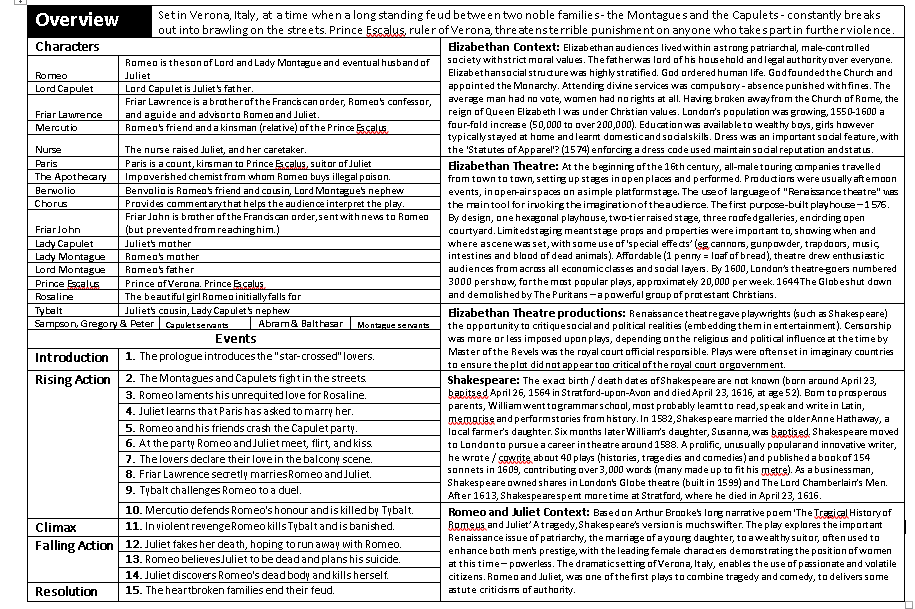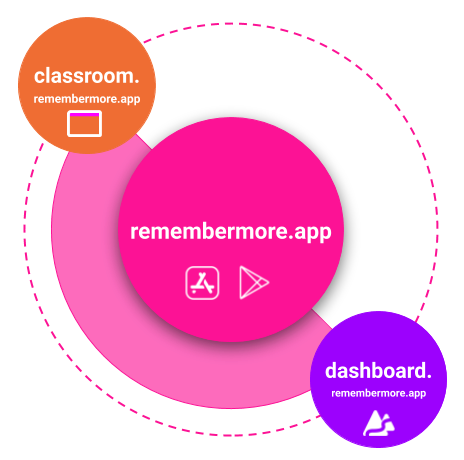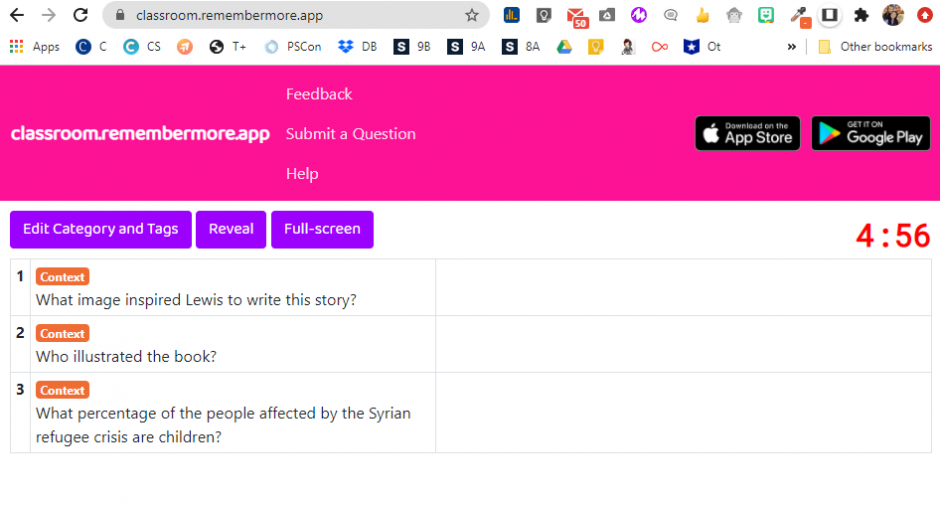Returning from Dubai mid-term, on top of establishing myself at school and with the students, I was listening to the enlivened conversation around the new framework with ‘leading the curriculum,’ easily the loudest debate between online HoD and AHTs. Here I was, in a unique position, listening to the debate whilst experiencing first hand the delivery of our curriculum. I felt I had a foot in both camps.
Two aspects of teaching that I believe the conversation around of curriculum accentuates is the importance of planning and assessment – laterly in reflection, that is also means what the students know and can remember. The third, then, is how we teach substantive content in English or any subject, upon which students think, then write – to then be assessed.
Ambition and challenge is inherent in what you choose to serve. Year 8s it was Sir Arthur Conan Doyle and Hound of the Baskervilles (HoD) and Year 9s was Dickens and A Christmas Carol.
A Christmas Carol is so much more than a much loved Christmas story, with layered with themes of historical importance, ram packed with technique and full of satirical manipulation. Taking the medium term plan and assessment framework I quickly adopted 10 lesson meso-cycles within the terms planning, so eight sequenced cycles in total, with weekly homework.
To underpin substantive knowledge and learning, and at least as part of lessons, I used Knowledge Organisers, quizzing through a Retrieval Roulette and Anki App deck. I have extended the curriculum with a Youtube playlist (to which I have just added the new star studded BBC trailer!) and shared interesting content via the SMHW announcements feature, all in the aim of delivering the substantive knowledge. Yet, with little context knowledge, students have even few opportunities onto which to attached or hook onto.
As far as the disciplinary knowledge required for the assessment, – started with the core knowledge content of Dicken’s, Victorian England, social responsibility, surplus population, the supernatural) – and then modelled ‘micro’ responses, (What-How-Why – WHW), repeatedly.
WHW – One or two or three sentences – processed and colour coded to show ‘What’ has been identified. I then identify the ‘How’ – the technique used with the class exploring the effect or the ‘Why.’ We then live-write a modelled response, or share a modelled response.
Next, students see a processed textual reference (or two) and write a micro response, essentially a “Me, then We then You” approach.
Next students complete a micro WHW cycle.
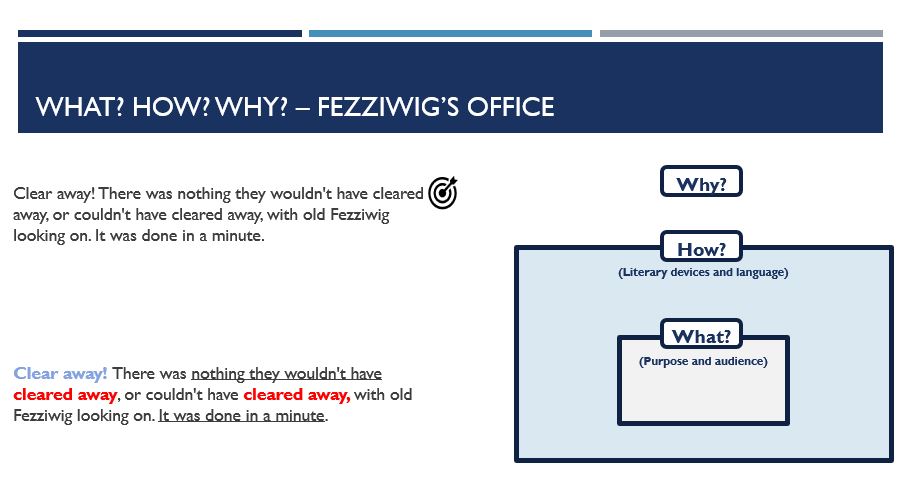
The access, enables all students to model, then copy and apply. When the students are confident we move to a longer textual reference and process starts over. “Me, then We then You” approach including “selecting the right textual reference.
Then finally, we moved to the ‘supported or scaffolded’ assessment.
As we move to the end of the 2 week, lesson 6/7 of the meso-cycle, students are readying themselves for the assessment or ‘Writing Burst.’ They are a little more focused. We have also moved “controlled conditions” assessment to the late PM slot as assessment can be more controlled and students more easily distracted.
To support the students, I first wrote a ‘Writing Burst’ assessment sheet with planner, which then went through a series of iterations based on what I learnt from the students responses.
All lessons start with 6 low stakes questions. Six minute timer. Three vocab / context and three text questions. We have just moved to 8 as students are getting more questions correct. More correct, means students complete the task quicker and less feedback. More time, means I can ask more quizzing. Awareness of this gradual acceleration is important, from a slow, grinding start, the students fragile confidence is getting strong. It still take time from learning to applying – and despite this deliberate and repeated retrieval practice, that is a definite lag from learnt to applied.
Lesson 1 Feedback from the previous assessment.
Lessons 2-4 Reading / modelled practice. Given the high number of EAL students we use a lot of visual cues. Images with a learning routine of ” 1. I noticed that… 2. I wondered… 3.I think that… ‘”
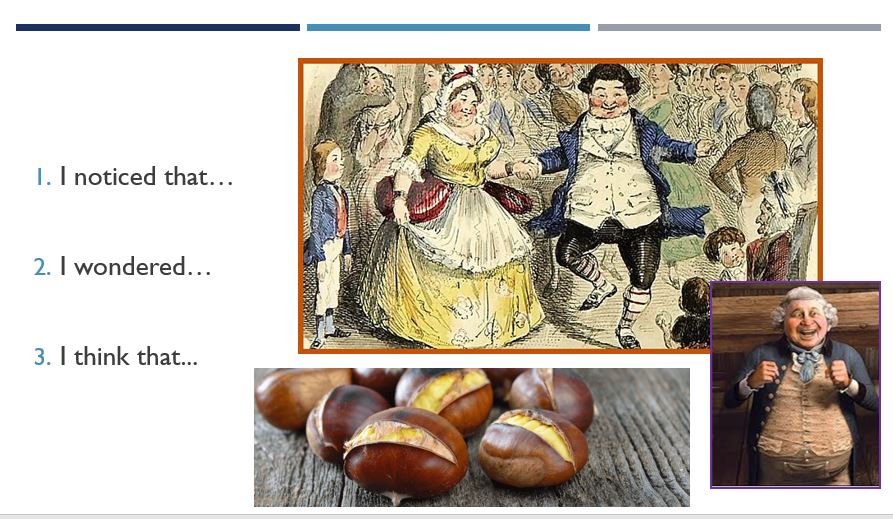
Lesson 5 Reading / modelled practice / student practice
Lesson 6-7 Reading / student practice – homework (practice / or vocab)
Lesson 8 Student practice
Lesson 9 Student practice and set up assessment in exercise books.
Lesson 10 Controlled conditions assessment – Now being set at two levels.
The assessment
First we prepared at the start of the controlled assessment lesson. Now students are more bought into the assess-feedback cycle, at their request, we prepare at the end of the penultimate lesson before.
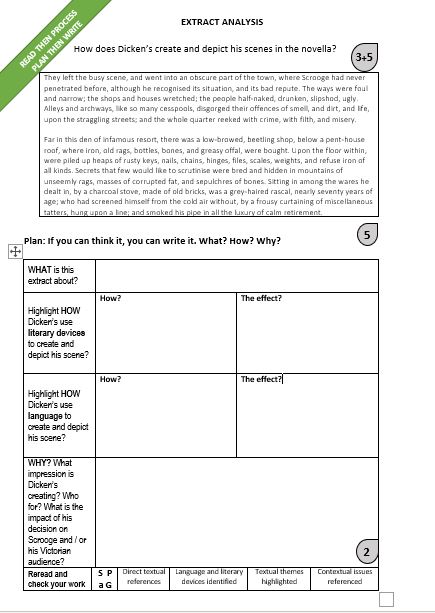
First I offered What-How-Why – WHW structure strips.
Then I added space to write a brief plan next to the extract. We now make the effort to stick a planning sheet in their exercise books, on the left side of a double page – so that they can respond on the right.
Next I added the coloured banner (green) – READ THEN PROCESS – to remind students to do just that. To read the text in full, then to process the text with a highlighter, selecting appropriate textual references. We did not use the term judiciously, but students do know that more should be left as text, than highlighted. As a teacher, what is and is not highlighted is amazingly telling!
For the second assessment I trimmed the sheet. The page is left aligned, with a decent top margin. It now fits an exercise book page.
PLAN THEN WRITE followed quickly after and is now expected in all writing situations. Students had felt that planning ‘slowed’ them down, despite the fact than too many answers were confused, muddled or missing ‘highlighted textual references!’ The student responses themselves are evidence that planning worked. The students needed little more convincing.
Minute droplets were added as a timing guide for a 45 minute assessment.
Finally the REVIEW bar at the bottom was added to encourage the students ‘proof-read their own work.’
The layout is flexible, adapted pending the COMMAND word / question. Otherwise, it is fairly formulaic. That formulaic approach is building their confidence.
All the time we are reinforced knowledge, a knowledge base that is getting broader. The broader it gets, the more time is takes to recap.
